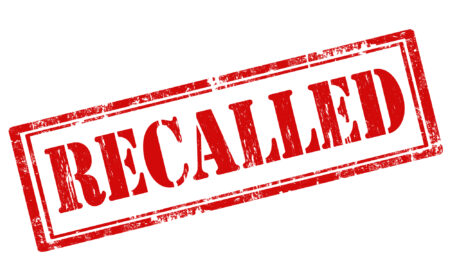I’ve heard some people argue that products should be placed behind a “lock,” but I think it’s critical to think through some of the issues involved in this decision. For example, can you identify who’s taking the products without documenting or accounting for them? Is it that your physicians are taking items from the shelves without letting anyone know, or is it the manufacturers’ reps? Second, can you identify exactly which items have been used for patient cases and are thus legitimately off the shelves? Third, how are you currently identifying “missing” stock and how would you like to monitor or audit it ideally in the future? And finally, if you’re able to identify the missing stock, can you attribute it to the appropriate patient cases, assuming that at least some were used for patient care?
While putting stock behind a lock can make it more difficult to access, it does not guarantee the security of the product or tell you where the product went or who took it. The concern around products “walking away” or being taken away usually have to do with a lack of adequate processes or policies that are well-understood, enforced, and adhered to by the clinical staff, physicians, and vendors. It all comes down to knowing who, what and why. Bring in a technology and automation solution once you’ve identified the process and communication failures, and then enforce new processes and policies to match the technology. Let’s face it, people will always find a work around. Putting products behind locked doors is no exception. Oftentimes we see the doors being left open, several people helping themselves while the door is unlocked, etc…you get the picture.





